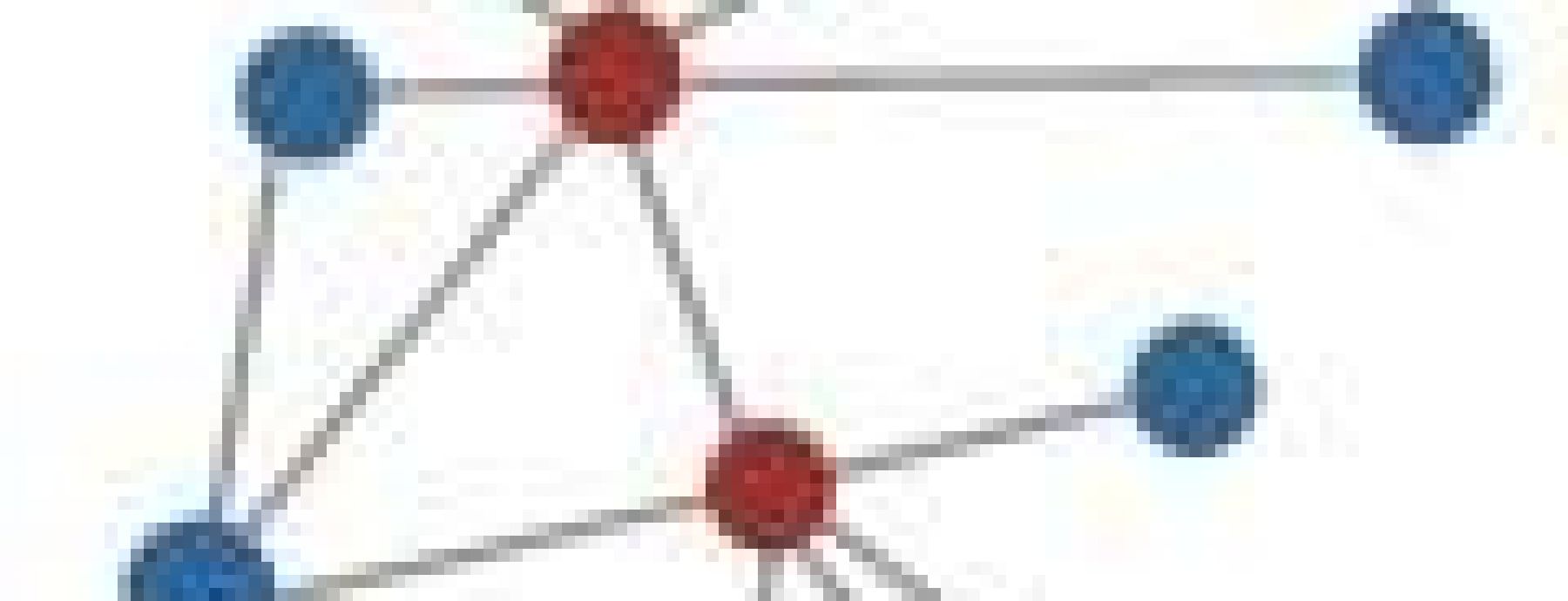Synopsis by Ells Campbell
Phylogenetics allows scientists to identify ancestral lineages over vast evolutionary timescales. Within the realm of infectious disease, phylogenetic methods can assemble high-resolution data in a way that is useful to illustrate spatial and temporal transmission patterns on a global scale. In recent years, these types of analyses have been used in attempts to bolster the efficacy of annual Influenza vaccinations by predicting global transmission patterns months before outbreaks occur. However, until recently, inferring patterns of local transmission -- who infected whom -- has been beyond the grasp of contemporary science.
Genetic bottlenecks occur every time influenza spreads from one host to another, when only a few infectious particles survive and reproduce in the newly infected host. Acting on a hunch that this process should leave a detectable genetic signature, CIDD graduate student Conrad Stack set out to develop a model capable of inferring host-to-host transmission. Led by CIDD Professor Eddie Holmes and collaborators, Stack used intra-host sequence data from the hemagglutinin gene domain generated by two transmission studies in model organisms (H3N8 in horses & H1N1 in pigs). While no mutations were fixed over the course of these studies, they were able to identify transient genetic signatures that provided sufficient evidence to accurately reproduce known host-to-host transmission events. Furthermore, they classified transient genetic signatures that can, or cannot, be used to infer such transmission events. These results, combined with the ever-decreasing cost of genetic sequencing, suggest that the hitherto unknowable patterns of host-to-host dynamics may soon be accessible to researchers, medical practitioners, and farmers alike.
Written By: Stack JC, Murcia PR, Grenfell BT, Wood JLN, & Holmes EC
Paper Url: http://rspb.royalsocietypublishing.org/content/280/1750/20122173.short
Journal: 280(1750): 20122173
Journal Reference: 280(1750): 20122173
Paper Id: 10.1098/rspb.2012.2173
